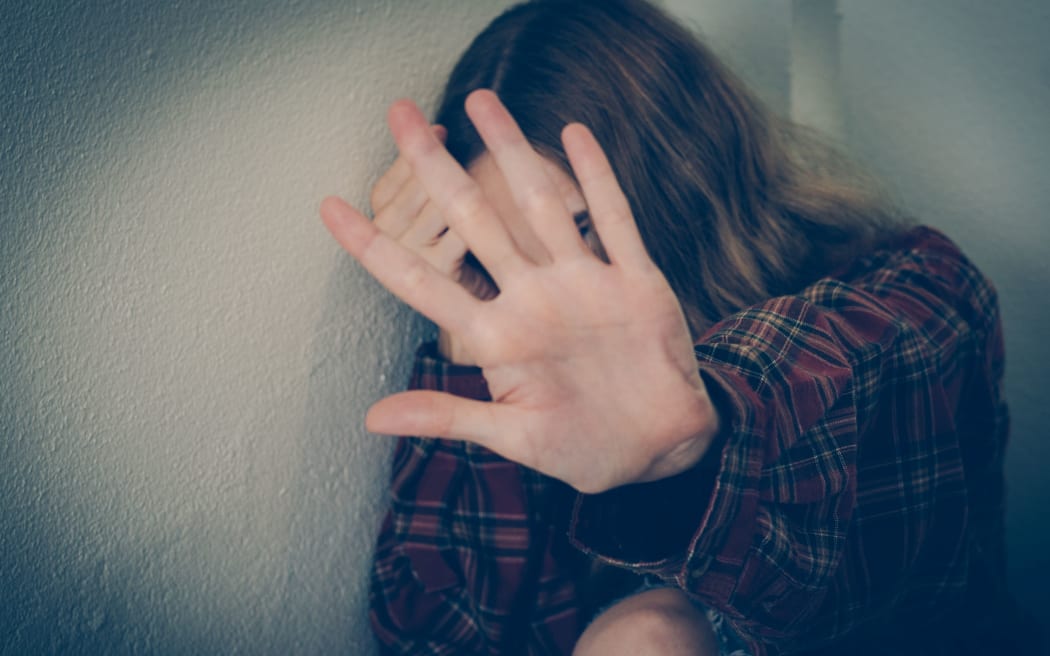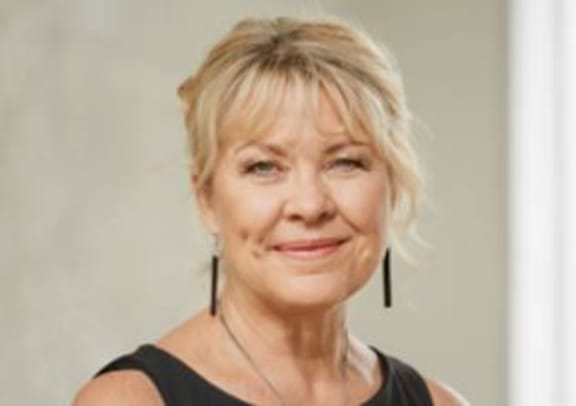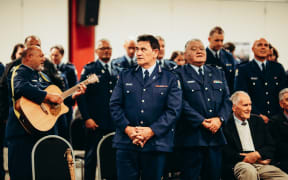Four percent of people experience nearly half of all crime each year, according to the latest report released by the Ministry of Justice.

Young people aged between 15-to-29 are most at risk - and there's no significant difference whether they are a man or woman, or between regions. Photo: 123RF
The Justice Ministry has just released its latest report from the Crime and Victim Survey looking at this group, called the "highly victimised" cohort, which reveals they are most likely to be young, Māori and single.
The survey drills down into the four percent of people who suffer four or more crimes against them a year, mainly violent.
More than a quarter of them are Māori.
Project director James Swindells, from the Justice Ministry, said young people aged between 15-to-29 were most at risk - and there was no significant difference whether they were a man or woman, or between regions.
"But at the moment - there doesn't appear there's any significant differences - at least amongst the main regions - but we know that crime is concentrated in particular suburbs - in particular streets," he said.
Crime victims surveyed include an ambulance driver who was attacked by drunk people, as well as a security worker who gets assaulted every time he's at a big event.
Unsurprisingly, highly victimised people experienced higher levels of psychological distress, lower life satisfaction and felt less safe.
Mr Swindells said this vulnerable group was not necessarily being targeted in the family home by people they know.
"Predominantly by community members - so not family members - it might surprise some people to hear that - but this report is based on unreported crimes - so it is kind of a different frame to what we've formed our previous views around," he said.
Chief victims advisor to the government Dr Kim McGregor believed a lot of crime went unreported and this data was just the tip of the iceberg.

Dr Kim McGregor. Photo: Justice Department
People would be naive to think these victims had just had an unlucky year, Dr McGregor said.
"This group who have reported four or more crimes in the last 12 months - again we need to think that that crime is likely to continue unless they can get to safety or get some interventions," she said.
She wondered whether there was enough support in the community - and agencies needed to step-up.
"We need to invest in kaupapa Māori services - but we also need to tailor all of our services - we've got a group of young people here - 15 to 29-year-olds - who are highly vulnerable to multiple crimes," she said.
Youthline's chief executive Shae Ronald said the data was confronting and highlighted the need for more protection for young people.
"They just don't have the resources - they often don't have the knowledge and the skills to even know what they are entitled to - what their rights are - what their protections are - and how to go about getting help if they are victims of crime," she said.
More young people were coming forward to ask for help, she said.
"For some young people it is because they've experienced crime - and a number of young people come forward to us because they've experienced sexual violence."
However, she said some young people were still hesitant to speak-up.
"Often young people don't know where to go to get help and if they do know where to go to get help sometimes there's barriers in relation to cost - making sure there's non-judgemental spaces where they feel they can talk about what's going on for them and get the support that they need to protect themselves."
Further data from the Crime and Victim Survey will be released early next year.




